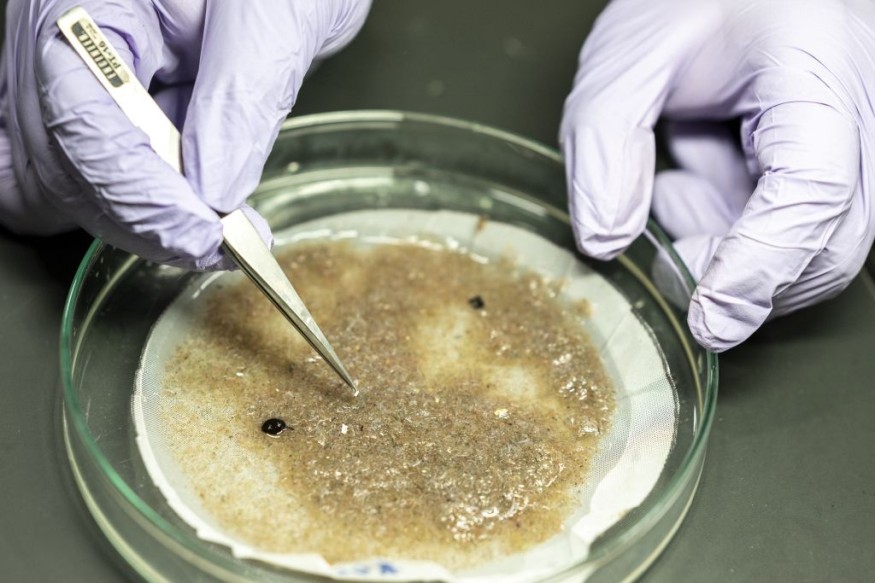Microplastics are fragments or tiny fibers from larger plastic materials shredded into pieces.
Since the onset of industrialization and the increasing demand for plastic materials, these near-microscopic fragments are gradually posing a threat to the environment and all living organisms.
New research revealed that microplastics were found in human blood, as documented for the first time.
It showed the complex transportation capabilities of the tiny fibers.
Although there is no sufficient study database yet on the biological effects of microplastics, it is still considered detrimental to one's health.
Microplastic Pollution

Microplastic pollution has led these particles to travel throughout the body, and scientists were able to find they had a presence in the blood of 80% of people tested in their new research, which was published in the journal Environment International, as cited by The Guardian.
The research allowed for the development of existing techniques to detect and analyze particles as small as 0.0007 mm., and scientists had to use syringe needles and glass tubes to avoid contamination.
The detection of microplastics inside the human body, in general, is not a novel discovery.
In fact, previous research claimed that large amounts of microplastics were found in the feces of babies, as per The Guardian.
Also Read: Microplastic Pollution: California State Government Adopts Strategy of Microplastic Cleanup
Microplastics are Everywhere
Before the new study, microplastic pollution has made its way to Earth's land, sea, and air.
As a result, there is a multitude of sources where a person can inhale these particles straight into his or her body.
Over recent years, there has been a growing concern for the pollution's potential health hazards.
In separate yet related research published in Scientific Reports, scientists found that microplastics from multiple rivers in Europe are floating in the Arctic Ocean.
The research highlighted that the particles are not only found in the land but also bodies of water.
The study also exposed the lack of concrete laws and policies on how to address the issue of microplastics in Europe, demanding the creation and development of regulations that will mitigate or possibly prevent microplastic pollution in the continent.
In a 2021 study published in the journal Science of The Total Environment, an aircraft-based study determined there are microplastics at high altitudes in the atmosphere.
Using air mas trajectory analyses, scientists determined it is a global pollution issue.
Impact on Climate
According to the global environmental organization Green Peace, microplastics are capable of undergoing a so-called plastic cycle wherein their particles in the ocean can be transported by wind over large distances and be sent straight back into the atmosphere.
Previously sampling of airborne microplastics was found to have the highest concentrations above London, UK, and Beijing, China.
The result is not surprising since urban areas have larger populations, commercial resources, and industrial activities related to plastic usage.
Green Peace made an assessment that microplastics have a minor impact on the global climate in current times.
Still, the organization said they expect it to increase in the future to the point that the airborne particles have more climatical and environmental repercussions than toxic aerosols.
© 2025 NatureWorldNews.com All rights reserved. Do not reproduce without permission.





